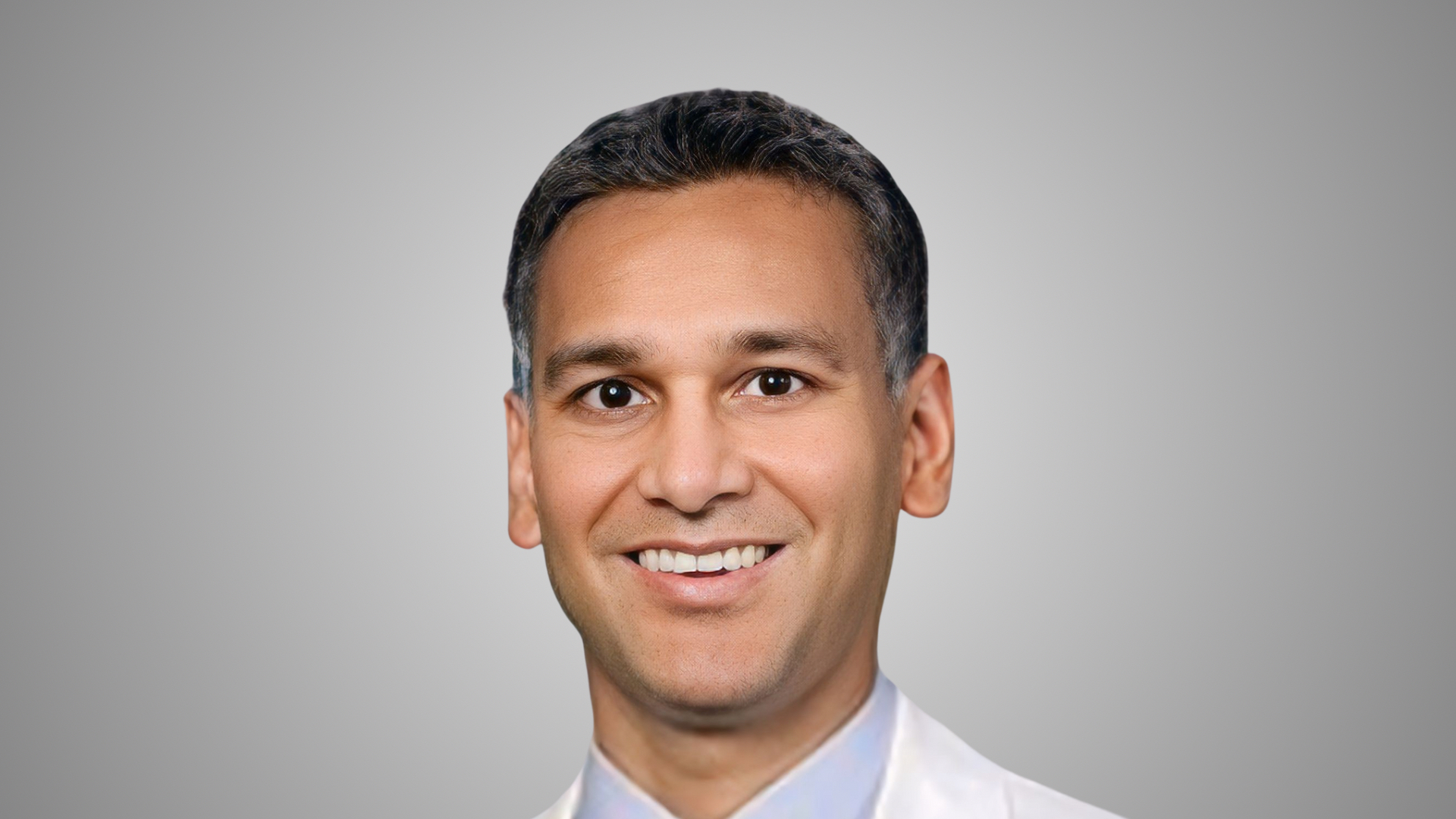Jay Giri, Interventional cardiologist & policy researcher at Penn Medicine, shared a post on X:
“Many “hot takes” about the reduction of NIH indirect grant costs to 15%.
Let’s lay out the facts about the university grant management process & accounting. And then use this to project likely short and longer term impacts of the policy.”
NIH grants are awarded based on “direct costs”. These are carefully accounted for with any $ not used for these purposes returned to NIH by statute.
“Indirect costs” consist of “facility related” and “admin related” costs. “Indirects” are often called “F&A.”
Indirect percentages do NOT represent total overhead as they are applied to direct costs.
So for grant with 1M direct costs at a university that gets 60% indirects, the total indirect costs received is 600K Thus 60% indirect = 0.6/1.6 = 37.5% total overhead costs.
C. Michael Gibson does a nice job breaking down what the “indirects” are used for. Institutions negotiate “indirect” rates.
Those with more complex baseline research infrastructure are generally able to get higher rates to support this infrastructure.
Yesterday’s memo cuts indirects to 15% across the board for both future and existing grants.
This effectively caps total “overhead” payments to institutions at 13%.
For existing grants, there are not easy ways to account for this acute shortfall.
Institutions have a “total indirect budget” that supports the things Mike mentions above. This already allocated budget will sustain a significant unanticipated reduction.
Institutions may face tough decisions about tri-partite mission of clinical care, research, and education Research enterprise already requires significant transfers from clinical operations (so-called “Dean’s tax” on clinicians) as well as charitable donations to break.
For future grants, universities may have to develop new structures in an attempt to more directly capture and apply costs associated with a given grant.
It will take time for universities & investigators to adjust to new accounting.
Universities may create new cost centers & accounts for billing what had before just been lumped into “F&A” as direct costs to accomplish specific research aims.
Investigators may have to learn new budget and accounting rules in order to prepare their grants.
A practical effect may be costs considered indirect are explicitly billed (eg; “renting a secure IT server”).
But total grant awards based on direct costs.
Thus, money per grant towards specific grant aims
Total of all grants could IF overall NIH budget not.
Longer term, policy could disincentivize research w/ large fixed costs (eg: complex basic lab science or human trials).
Lower overhead work (eg: social science adjacent research) may be favored financially.
We may expect a higher proportion of high overhead clinical research to be industry sponsored.
Industry already plays an important role in this, but mechanism to address questions without direct potential industry benefit will diminish.
Industry is not as well positioned to support foundational basic and translational research.
These domains are likely to be under acute pressure at universities while novel grants management and accounting structures are formed.
Ripple effects are likely to academic clinicians.
Research is a keystone of the mission, and the desire for greater clinical revenues to subsidize the mission is likely.
The incentive to pursue a career as a physician scientist and then work at an academic center could be impacted.
This is a long road with significant financial uncertainty and the policy may exacerbate this uncertainty.
The big unknown remains overall NIH budget.
If stable or increases, the policy will cause significant acute & intermediate disruption but possible a new & very different equilibrium could be reached longer term.
If big cuts, will be harder for universities to.
My disclosures:
I help lead clinical trials and registries for Inari Medical & Boston Scientific, am a co-investigator on current grant submissions to NIH & The Patient-Centered Outcomes Research Institute, and am current director of a cardiovascular health services research center Penn Medicine.”
Thanks for reading.
Please feel free to chime in with any thoughts, corrections, critiques.”
